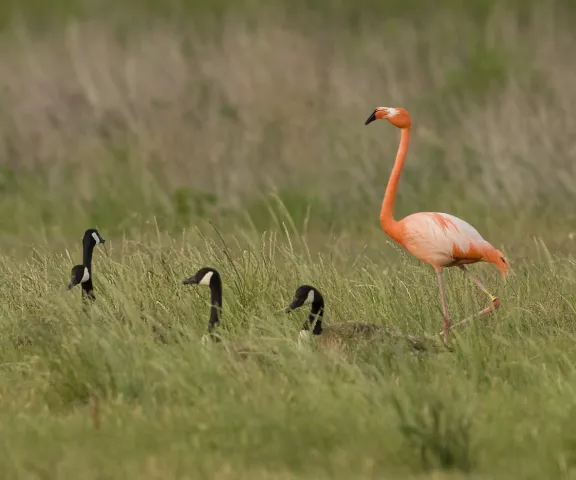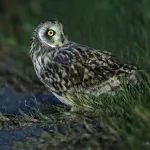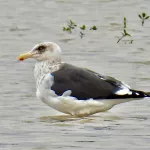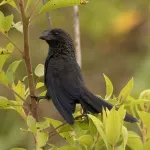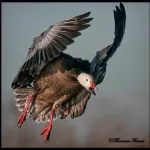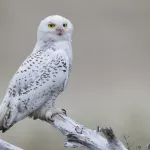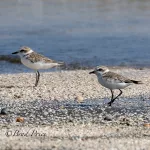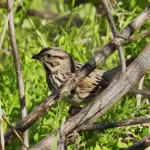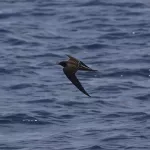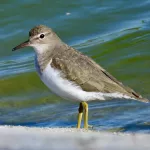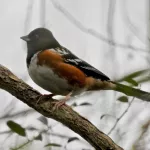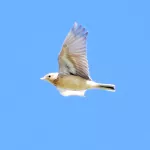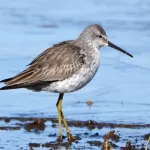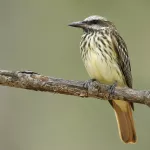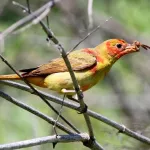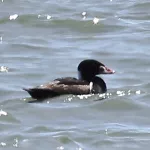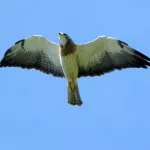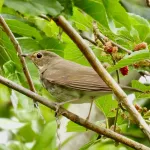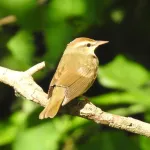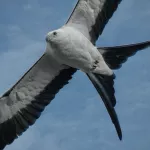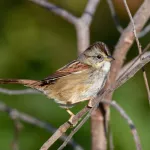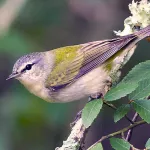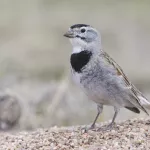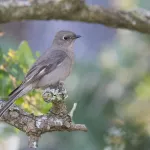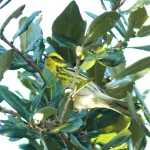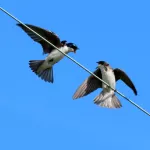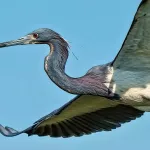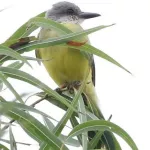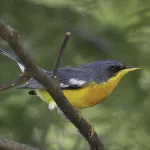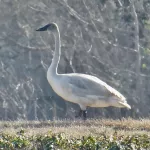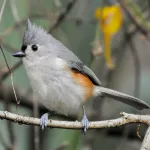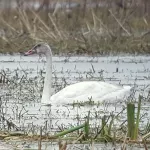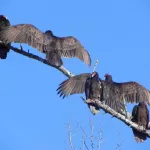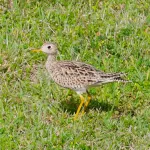About
View on MapThe sheer quantity of sediment pouring out of the Red/Mississippi/Atchafalaya River complex enriches the coast and Gulf waters like no other place on the continent. A gentle westerly nearshore current moves the river sediments along the coastline itself, entrapping these nutrients in a vast maze of marshy estuaries, bays, and inlets. River silts and clays supply a high level of rich nutrients for plankton to thrive on. More food equals more plankton, which results in more fish, crabs, shrimp, oysters, mussels, and clams. This productivity climbs right on up the food chain to mammals and birds.
Diverse plant life creates fresh, brackish, and salt marshes, densely scrubby back-beach dune fields, cypress and mangrove swamps, and live oak-dominated coastal hardwood forests built upon ancient stranded beach ridges.
Louisiana’s muddy coastal indentions protrusions equate to a total of 7,723 linear miles, the third longest coastline in the U.S., behind only Alaska and Florida, and ahead of larger coastal states such as California and neighboring Texas. This adds up to a nearly incalculable number of niches to satisfy the needs of many plants and animals – including birds.
Spring and fall are busy birding seasons in the region, with migrant waterfowl, shorebirds, wading birds, seabirds, raptors, and songbirds all moving in and out with every change in wind direction. Winter is busy as well, with many nearctic representatives of these same bird groups choosing to overwinter along the U.S. Gulf Coast. Summer is quieter, but carries its own load of nesting species such as Mottled Duck, Black-necked Stilt, Wilson’s Plover, American Oystercatcher, Purple Gallinule, Tricolored and Reddish Egrets, Least, Foster’s Royal, and Sandwich Terns, Brown Pelican, Black Skimmer, and many more.
Perhaps most importantly, from a birding perspective, is the “bird entrapping and guiding effect, resulting from the abrupt end of land and the beginning of hundreds of miles of open salt water. This geographical transition brings in a whole host of wandering/vagrant birds from literally every direction! Green Violetear Hummingbird, Chihuahuan Raven, Yellow-green Vireo, Groove-billed Ani, and Fork-tailed Flycatcher have wandered in from the south. Goshawk, Snowy Owl, and Evening Grosbeak have drifted in from the north. Black-whiskered Vireo, Gray Kingbird, Black-throated Blue and Cape May Warblers regularly come in from the east. Western U.S. visitors are most regular and include hummingbirds, flycatchers, towhees, orioles, warblers, tanagers and grosbeaks. The richness of coastal Louisiana’s winter berry-producing plant and insect communities may add to these mysterious annual visits by western U.S. and Mexican birds.
For birders coming in from the east, an information-gathering stop in New Orleans is a good idea. Metro New Orleans possesses a surprising number of parks and refuges that are havens for birds. The first stops might include Audubon’s Louisiana Nature Center and the Jean Lafitte National Historic Park’s Barataria Preserve. Eventually, you’ll be directed south toward Port Fourchon and Grand Isle, where the birding action is heavy year-round.
For those coming in from the west, stop at the Calcasieu parish visitors center for coastal birding information. You’ll be directed southward to the Creole Nature Trail, which encircles an area filled with national wildlife refuges, beaches, and birds. Cameron Parish is another key destination, mainly for fall, winter, and spring birding.
Visits in Cajun Country on Louisiana’s central coast should include sites in St. Mary, Iberia, and Vermilion parishes. St. Mary is the epicenter for winter Bald Eagles in Louisiana. The crawfish fields surrounding Vermilion parish’s Palmetto Island State Park should not be missed, as they always hold waterfowl, shorebirds, wading birds, and raptors in impressive numbers. And no visit to our state’s southern interior is complete without a stop at Avery Island’s Jungle Gardens, wading bird rookery, and Tabasco sauce factory, as well as nearby Jefferson Island’s wading bird rookery and the historic Joseph Jefferson Home and Gardens.
